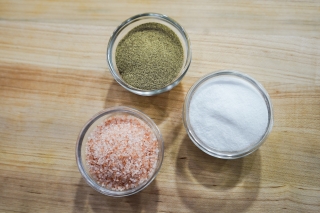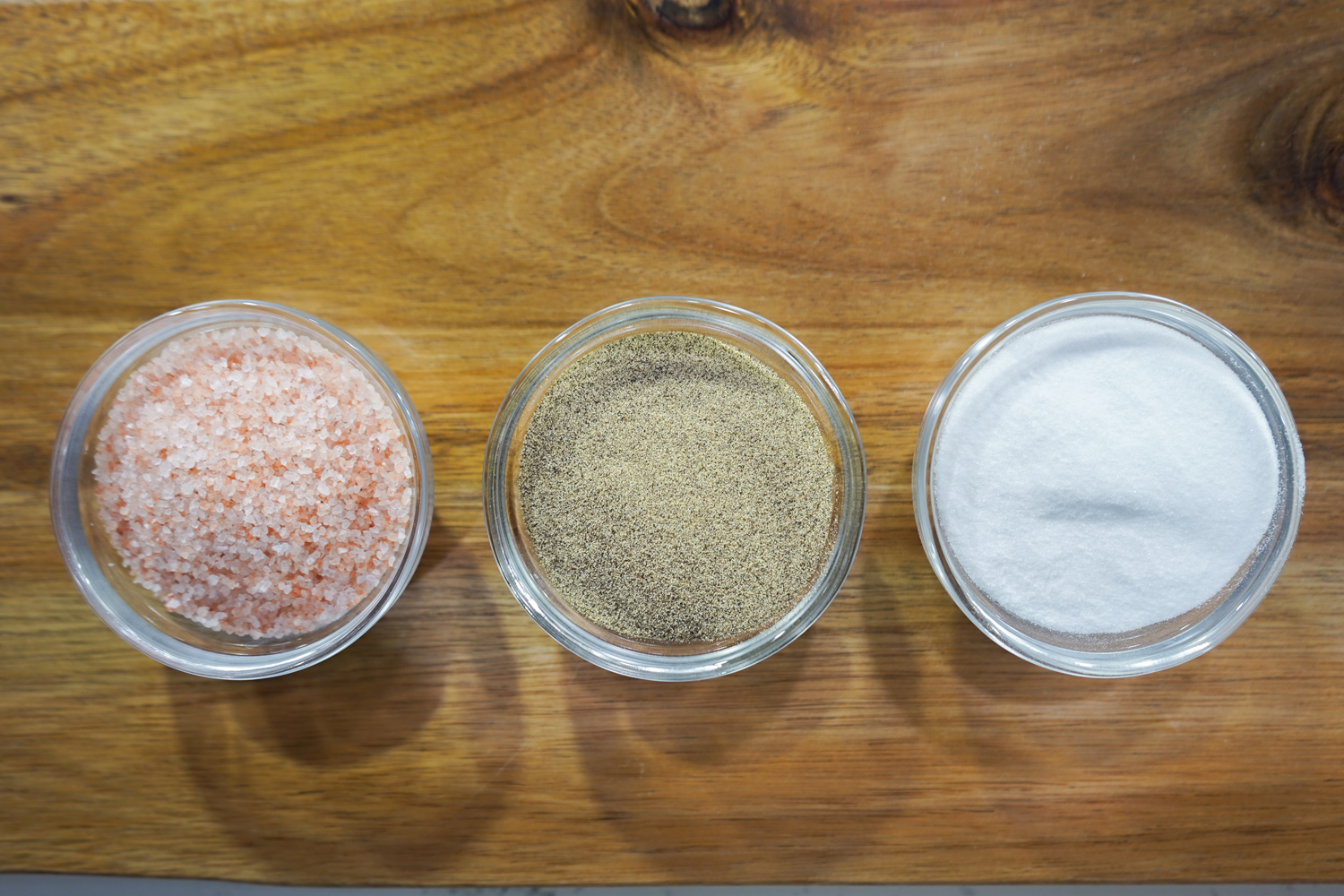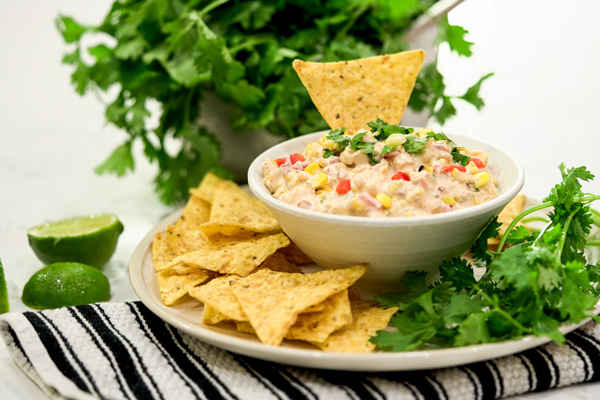
Blowing Palate Doors Off Hinges, Breaking Stigmas Along the Way
01 November 2021Instructors teaching umami from a scientific view can alter students’ flavor awareness forever.
By Lisa Parrish, GMC Editor
No one is astounded when the five basic tastes are named. Culinary instructors, of all people, know these flavors as the bedrock of cooking. But, just because an instructor can name them does not necessarily mean an educator can accurately identify the taste. Palates must be trained the same way student cooks must be taught.
Honestly ask yourself: Can you truly taste umami? Although discovered in Japan more than 100 years ago, scientifically speaking the flavor wasn’t classified as a distinct taste until 1990 and then further validated in 2002 when University of Miami neuroscientists located the tongue’s tastebud receptors. That’s relatively recent considering humans have been tasting for millennia.
Teaching how to identify umami and when to include it in a dish can become as second nature to chefs as how and when to add salt.
 Scientifically breaking down umami
Scientifically breaking down umami
Glutamate is an amino acid that naturally occurs in the human body and foods. Glutamate on its own does not enhance flavor. Only when the amino acid is paired with a protein is the body able to recognize flavor. The question then becomes, what proteins can be added to engage the receptor? There are many foods where glutamate (amino acid) naturally combines with a protein to illicit an umami-rich flavor such as aged cheeses, seaweed, cured meats, tomatoes, soy sauce, mushrooms, steak, anchovies, green tea, fermented products, and more.
Another avenue to achieve umami is adding monosodium glutamate (MSG), which is sodium and glutamate combined. When consumed or added to water, the sodium and glutamate separate allowing the amino acid to attach to a protein in the dish and enhance its flavor. The body does not distinguish between glutamate found in foods or MSG; it just registers umami.
Taste and complexity
Students should never answer salty to the question of what does salt taste like. It is the same with identifying umami. Some descriptive adjectives include richness, savory, meaty and depth of flavor. Umami takes the inherent flavor of a dish and builds out the complexity or deepens it. Teaching how complexity tastes takes knowledge and many palate exposures over time.
 Chef Christopher Koetke, corporate executive chef at Ajinomoto Health & Nutrition North America, Inc., suggests a salt comparison to describe umami’s effect on an application. “We all know chicken soup is bland without salt. Adding salt increases the salinity and it tastes better. Adding umami (flavoring agents) bumps up the flavor receptors (in the mouth) and makes things taste better, just like salt.”
Chef Christopher Koetke, corporate executive chef at Ajinomoto Health & Nutrition North America, Inc., suggests a salt comparison to describe umami’s effect on an application. “We all know chicken soup is bland without salt. Adding salt increases the salinity and it tastes better. Adding umami (flavoring agents) bumps up the flavor receptors (in the mouth) and makes things taste better, just like salt.”
“Why can chefs recognize salt and not umami?” Chef Koetke asks. He suggests that since umami was only recognized 20 years ago, most chefs did not grow up identifying the flavor. He gives the example of a child eating a sucker. “When he or she licks the sucker and tastes the sweetness, he or she pairs sweet and pleasure in the brain. Most people didn’t grow up saying, ‘Taste the umami. It tastes good.’ People just said, ‘This tastes good.’” Budding chefs’ brains were not trained to recognize the flavor.
Training instructors’ and students’ palates to recognize umami
MSG is pure umami and easily utilized in a kitchen classroom test to begin understanding umami. Chef Koetke suggests experimenting for one week by placing an MSG shaker next to the saltshaker.
“Begin the week by making a lightly seasoned broth,” said the former Kendall College vice president. “Taste the broth. Then, split it in half and season one half with salt and the other with MSG, adding similar amounts to develop the taste. Note the differences – that is the beginning of understanding umami.”
In this first experiment, students should look for how umami spreads across the tongue and consider that after the broth is swallowed, the taste lingers and the mouth continues to salivate. These are all identifying characteristics of umami.
For the rest of the week, according to Chef Koetke, students should play with adding MSG to dishes as salt would be added. “It is through repeated exposure students will learn to pick up on umami. They will make a connection between the taste and the brain,” he said.
Click here for an umami fact sheet.
Chef Koetke described how a student first introduced him to MSG nearly 15 years ago. “I was teaching Chinese cuisine and I said we were not going to use MSG. After class, a Filipino student asked what was wrong with MSG and I repeated what I had heard. She said she grew up with her mom using MSG and asked me to try it on eggs, so I did. That day the clouds parted and the angles sang! I never had eggs like that in my life. I loved learning from my students. It was a great education.”
The chef’s initial reaction to MSG was indicative of the stigma swirling in the US around the additive during the 70s and 80s.
MSG’s perception and history of racism in the US
MSG was recognized in 1958 by the Federal Drug Administration (FDA) as “generally recognized as safe” (GRAS). Food manufacturers started using MSG in goods from baby food to packaged snacks. Then, in 1968 the New England Journal of Medicine published a story from a doctor who complained about radiating pain in his arms, heart palpitations and weakness after eating at Chinese restaurants. He surmised it could have been cooking wine, MSG or excessive salt. Other readers wrote in with similar complaints and the public decided it was MSG and the xenophobic Chinese Restaurant Syndrome began.
Scientists followed up with a series of flawed research studies that erroneously showed MSG affected brain and body functions. Many newspapers published stories identifying inaccurate symptoms from eating MSG. The popularity of Chinese and Asian cuisine suffered under the false accusations and the public decided that MSG was unhealthy, which was simply inaccurate. Countless follow-up studies on MSG have followed since the 90s and beyond and found there were no short- or long-term risks associated with MSG. Also, the FDA never reversed its GRAS designation.
Click here for an MSG fact sheet.
Click here for a video that instructs students how MSG is made by fermenting corn and combining the byproduct with salt.
MSG’s potential positive health impact
Excessive sodium is a problem in the US. According to an October 2021 study released by the FDA, the average sodium intake in the U.S. is approximately 3,400 milligrams/day (mg/day). The Dietary Guidelines for Americans advise adults to limit their consumption to 2,300 mg/day. Both commercial and home cooks need to look at salt reductions in the food they produce. MSG can play an important role in the reduction.
MSG is 2/3 glutamate and 1/3 sodium and yet has the effect of making a dish more complex and amping up the flavor. As such it can be a prime driver of reducing salt without compromising taste.
Chef Koetke explains, “Umami and salt work on different taste receptors. If you pull salt back, the salt receptors feel it but another set of taste receptors (umami) light up. So, an intense taste is registered while less salt was used in the dish.” If a chef replaces one teaspoon of MSG for one teaspoon of salt, the sodium intake for that dish is reduced by 20 percent, according to Chef Koetke.
Click here for a handout that describes how to lower sodium and layer flavor with MSG.
Future chefs need to know
Chef Koetke, a former culinary instructor, understands how teaching from a scientific standpoint produces better chefs than instructing based on perception.
“I hear it all the time. Someone will say, ‘I love umami-rich foods like parmesan or soy or fish sauce. But, I won’t season with MSG.’ That is like saying, ‘I will cook with salty ingredients like country ham but never season with salt.’ There is a perception that using MSG is in some way cheating. We need to break the stigma.”
He continued, “As a culinary chef I want every tool at my disposal. I want every chef to say, ‘How is my salt level? How is my umami level? Cooking with MSG has completely changed the way I cook.”
Editor’s Note: A second follow-up article will appear in the April 2022 Gold Medal Classroom featuring how to use ingredients that are naturally rich in umami to achieve heightened flavor impact.
Photos and graphics courtesy of Ajinomoto Health & Nutrition North America, Inc. and Ajinomoto Co., Inc.
